Thanksgiving Vocabulary Strategies for ELLs: Building Social Studies Content Through Games
I sometimes hear ELL teachers complaining that their students aren’t picking up vocabulary—especially content-area vocabulary—quickly enough. They often say, ‘These students have been here for two or three years; I should be seeing more progress.’ Whether in listening, reading, or speaking, learners often struggle when social studies topics—like Thanksgiving—bring in unfamiliar, academic words (e.g., pilgrim, voyage, Native American). These are not everyday words: they’re Tier 2 (academic) or Tier 3 (domain-specific) vocabulary, and they require deliberate, repeated, and multimodal instruction.

Disclaimer: In this blog, the terms ESL students (English as a Second Language), ELLs (English Language Learners), and ML (Multilingual Learners) are used interchangeably. While “Multilingual Learners” is becoming the more widely accepted term, “ESL students” and “English Language Learners” are still commonly used in various contexts. My aim is to be inclusive and clear to all readers, regardless of the terminology they are familiar with.
Why Content Vocabulary Is Difficult for ELLs
Thanksgiving is full of historical and social studies terminology. These words are often Tier 2 (academic) or Tier 3 (content-specific) vocabulary—far more complex than everyday language. And unlike native speakers, ELLs rarely encounter these terms outside the classroom.
On top of this, they’re still developing academic language, which naturally takes much longer to acquire than everyday English.
How long does it take to acquire English?
According to Jim Cummins’ BICS/CALP framework:
- Social language (BICS) — conversational English- takes 1–2 years for most ELLs to develop
- Academic language (CALP) — school language needed for social studies, science, and reading- takes 5–7 years, sometimes up to 10 years for full mastery
This means students may sound fluent in conversation but still struggle with academic content words—especially those in social studies and science.
What Does Research Tell Us About Vocabulary Acquisition for ELLs?
Research on vocabulary learning for English language learners shows that students need multiple encounters with new words—usually
8–15 or more exposures—before they learn them deeply. Studies on reading and listening reveal that very little learning happens unless learners see or hear a word many times, and even then, recognition is easier than actually using the word. Experts also emphasize that it’s not just the number of exposures but
the quality—students remember words better when they actively engage with them in meaningful contexts. Overall, the
research recommends combining explicit instruction with repeated exposure through listening, reading, and interactive activities to help ELLs master academic and content-area vocabulary.
Implications & Next Steps for ESL Teachers: What This Research Means in the Classroom
So what do all these research findings mean for us as ESL teachers? In short: if we want ELLs to truly learn academic and content-area vocabulary, we have to plan for lots of meaningful, repeated encounters with each word—not just once during a lesson, but over several days in different forms. Instead of introducing a term like voyage or Pilgrim once and hoping it sticks, we intentionally build it into listening, reading, speaking, writing, and hands-on activities.
The research also reminds us that deep processing matters: students remember words better when they interact with them, use them, move with them, and connect them to stories or visuals. In my own classroom, this means designing lessons where students don’t just see the word—they hear it, say it, act it out, read it, write it, and use it in fun, low-stress contexts.
When we combine explicit teaching with rich, multimodal exposure, vocabulary learning becomes both more effective and more enjoyable for our learners.
Thanksgiving-Themed Vocabulary Games for ELLs
I have, who has? ESL Speaking and Listening Vocabulary Game
In my classroom, one of my favorite ways to build Thanksgiving vocabulary is through “I Have, Who Has?—Thanksgiving Edition,” because it naturally reinforces repetition, oral language and listening practice, and academic vocabulary. I use four versions—Thanksgiving Then nouns, Thanksgiving Now nouns, and both Thanksgiving Now: present-tense and Thanksgiving Then: past-tense verbs—so students repeatedly encounter the words in different contexts.
I’m intentional about pairing verbs with useful noun or prepositional chunks (like hunted for food or sailed across the ocean) instead of isolating single words. Research shows that ELLs learn vocabulary more effectively when they acquire language in meaningful chunks rather than standalone terms, so each card includes phrasing that mirrors real usage, along with visuals (for example, a Native American hunting for food).
This helps students understand the meaning faster, make connections between the word, the image, and the historical context, and begin using the chunks naturally in their own sentences. The game format keeps the pace lively and ensures students hear and say the vocabulary multiple times—an ideal blend of engagement and research-based repetition.
ESL Write the Room Thanksgiving Edition
Another activity my students absolutely love is Thanksgiving Write the Room, which blends movement, vocabulary, and a fun scavenger-hunt feel. I use three sets of cards—Thanksgiving Feast, Thanksgiving People & Animals, and Thanksgiving Things—and place them around the classroom.
Students walk around with clipboards, find each card, and record the word on their differentiated recording sheet. This game works beautifully across proficiency levels because the recording sheets are leveled: newcomers trace the vocabulary word and use a visual cue for support, while beginner and intermediate learners get the visual but must recall and write the word independently on lined spaces.
The movement keeps them engaged, the visuals provide context, and the repeated reading–writing cycle helps solidify both spelling and meaning. Because students interact with the vocabulary physically, visually, and in writing, they get multiple, meaningful exposures—exactly what research says ELLs need to master new academic and content-area words.
ESL Build a Sentence Interactive Writing and Grammar Games
I also love using my Thanksgiving Build-a-Sentence activity because it gives students hands-on practice with vocabulary, grammar, and writing all at once—without the pressure of starting from a blank page.
Students begin by placing picture cards on a mat labeled Who, What, and Where, which helps them visually organize the parts of a sentence. Once they’ve built a complete idea, they transfer it to their recording sheet, adding handwriting, punctuation, and spelling practice.
What makes this resource so flexible is that I can choose cards based on my language objective: Present Continuous cards for describing actions, Past Simple cards for retelling historical events, or “Can” cards for practicing ability.
The color-coded cards guide students toward correct structure, while still giving them the independence to create original sentences. It’s an engaging way to reinforce Thanksgiving vocabulary, build grammar confidence, and support all learners—from developing writers to more advanced ELLs.
Cut and Paste Vocabulary Activities Perfect for Saturday Academy of after school
Another low-stress but highly effective vocabulary routine I rely on is my set of Thanksgiving Matching Activities, which give students the language they need from day one. These simple, visual, cut-and-paste tasks are designed around several Thanksgiving themes—Thanksgiving Now, Thanksgiving Then (Nouns), Thanksgiving Verbs, Thanksgiving Weather, and Thanksgiving Food—so students build vocabulary within meaningful contexts.
Because the tasks are hands-on, students naturally stay engaged while tracing words, matching pictures, and cutting and pasting the correct vocabulary. This format is especially powerful for early language development: it supports oral language as students name the pictures aloud, repeat the vocabulary with peers, and talk through their choices.
The visuals provide essential support for newcomers, while the repetition helps all learners internalize the terms. These activities are perfect for ESL pull-outs, literacy centers, or independent work, and they reinforce vocabulary instruction in a way that feels calm, accessible, and developmentally appropriate for English learners.
ESL Interim Vocabulary Assessment
Interim or ongoing assessment is extremely important, especially when teaching vocabulary. We want to know if our students are truly learning, but because our ELLs often face added challenges and stress, I like to use frequent informal assessments. These give students opportunities to self-check and self-correct without feeling pressured. One of my favorite tools for this is a self-checking “reveal a picture” puzzle.
Here’s how it works: as students match vocabulary words to the correct images, a hidden Thanksgiving picture slowly appears. Only correct matches complete the image—making it naturally self-checking and perfect for centers, early finishers, or independent practice.
Thanksgiving offers the perfect opportunity to develop social studies vocabulary while supporting English learners’ language development. Research shows that ELLs need many exposures and active engagement, especially with academic words that may take 5–7 years to master.
By using repetition, multimodal instruction, and engaging games, teachers can help students build lasting vocabulary knowledge—and gain confidence in reading, speaking, and understanding social studies content.
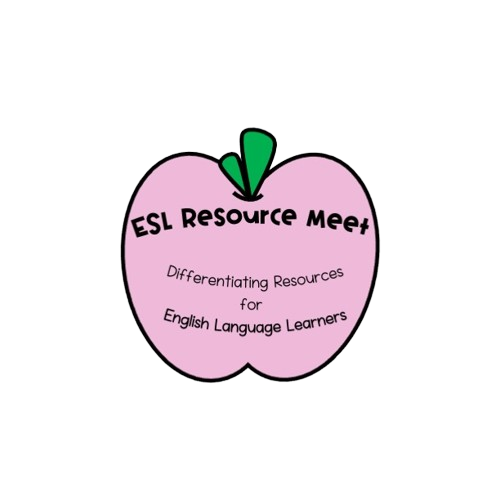













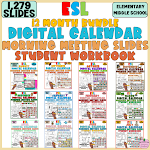


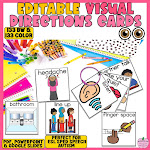





































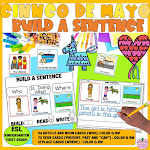












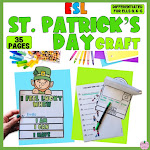
















































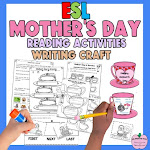
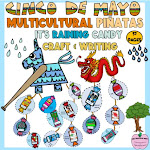

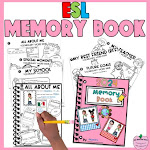




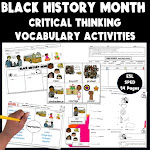

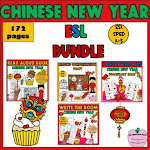

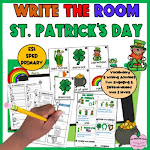
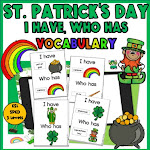
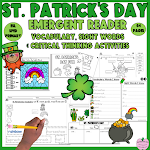



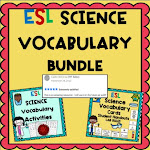




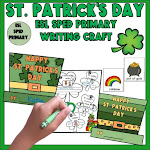

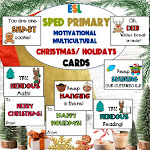
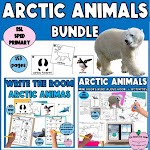


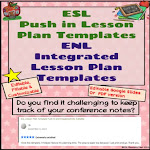




0 Comments